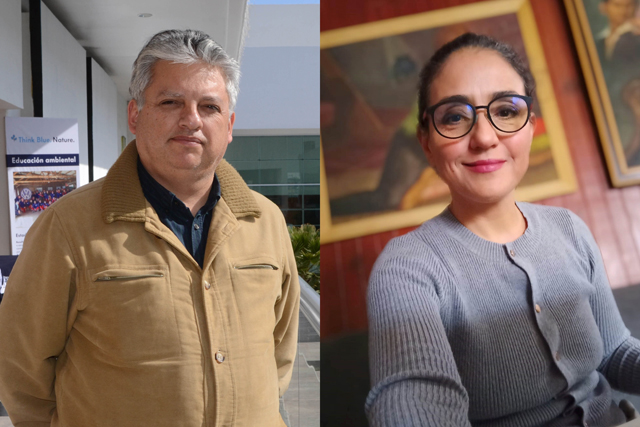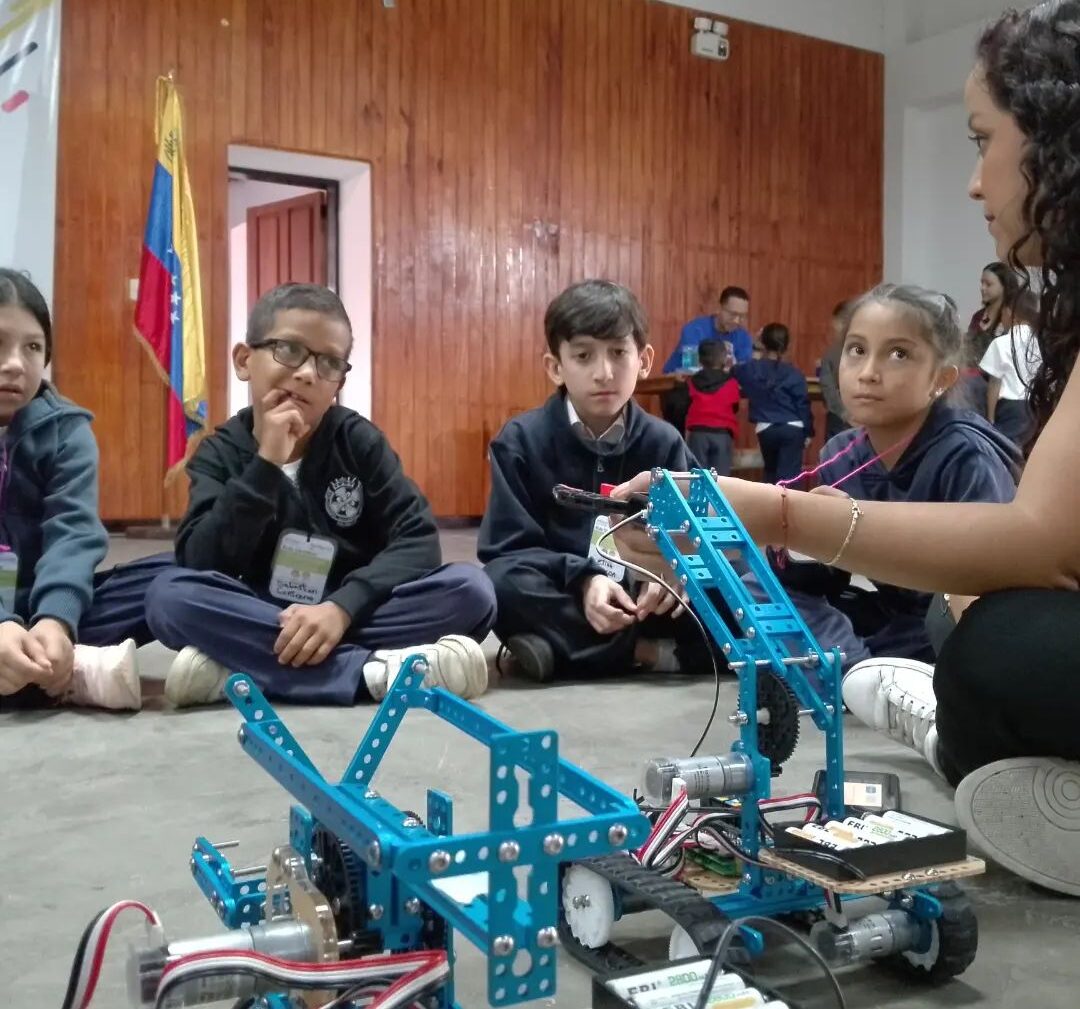- Books are published Urban-rural metabolism of urban areas in Puebla, Guadalupe Azuara; And the, Proposing environmental and cultural criteria for regional planning in the state of PueblaBy Benjamin Ortiz
From the Academy, proposals and strategies are created so that regional urban growth is an orderly and sustainable process that allows reducing harmful impacts on natural resources. This is the case of two recently published books, the result of research conducted at BUAP: Urban-rural metabolism of urban areas in Puebla. 2000-2021Written by Guadalupe Azuara García; And the, Proposing environmental and cultural criteria for regional planning in the state of PueblaWritten by Benjamin Ortiz Espegel.
Guadalupe Azuara, of the Biodiversity, Food and Climate Change Research Center (CIBACC), of the BUAP Institute of Sciences (ICUAP), together with her collaborators Efren Palacios Rosas and Milton Villegas Mendoza – assessed urban agglomerations in Puebla, in which the impacts on ecosystems as a result of profound shifts in The region, due to the growth and performance of the city.
A PhD in Agricultural, Food, Forestry and Sustainable Rural Development Engineering from the University of Cordoba, Spain, first level of the National System of Researchers, points out that the goal of the project was to develop some recommendations in regional policies, to redirect models of land grabbing; That is, confronting excessive urban expansion to protect the main service production areas on which biodiversity depends in the aforementioned lands.
The above seeks to ensure water, food and energy security, which includes attention to problems such as climate change, risk, vulnerability and poverty. The study focuses on three urban areas: Puebla Tlaxcala, Tehuacan and Tezotlán, which represent the state’s urban growth, where 3 million 695 thousand 957 people live: 56.14 percent of the state’s population; The Puebla-Tlaxcala metropolitan area represents 48.6 percent of the total.
Regarding the book Proposing environmental and cultural criteria for regional planning in the state of Pueblawritten by Benjamin Ortiz Espejel—and co-authors Eduardo Cuesta Mejía, Jesús Hernández Castan, and Enrique Rosano Reyes—is based on the need to include elements, from hydrological basin dynamics and the presence of indigenous peoples, into regional planning and public policy design in Puebla.
“The dynamic between nature and culture has clear expression in various forms of appropriation of ecosystems. However, this interconnectedness has not been appreciated in the planning and development models of governments. This work provides a methodology from a cartographic base that takes into account the 32 administrative regions of the state of Puebla. , with a new way of looking at landscapes and territories.
The research was conducted from 2020 to 2021, at ICUAP’s CIBACC. Its author, Benjamin Ortiz Espejel, is an agronomist from UAM-Xochimilco, an MA in Social Anthropology from the Center for Research and Graduate Studies in Social Anthropology, and a PhD in Ecology and Natural Resource Management from the Institute of Ecology.
Its results allow us to envision the need for a long-term regional strategy for the country’s territorial planning, which takes into account the quality of watersheds, the presence of indigenous people and the degree of vegetation preservation.
Both titles are published by the state government, through the Department of Public Education and the Puebla State Science and Technology Council.
B/D





